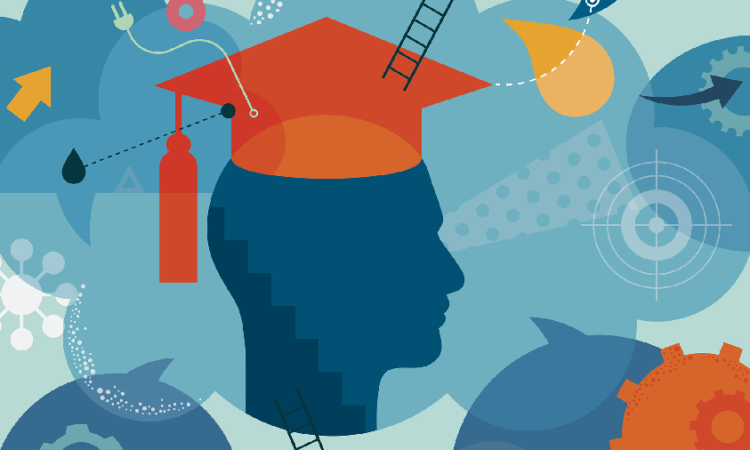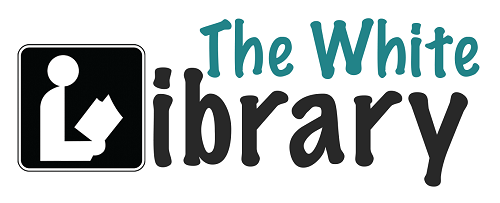
The Union Cabinet of India adopted the National Education Policy 2021 on July 28th, 2020. Over the course of more than 50 months of discussions and workshops, the Indian government aggregated comments from 2.5 lakh village-level stakeholders to two national legislative level committees, after a 34-year break.
The major things introduced in the National Education Policy 2021:
New school framework design (5+3+3+4):
This school’s framework is designed in such a way that –
- From the ages of 3 to 8, the Foundational Stage lasts 5 years. It is divided into two parts where the first three years of Anganwadi and the second two years of elementary school grades 1 and 2.
- +3 years for the Preparatory stage, which will include ages 8-11 and grades 3-5.
- For the Middle stage, add 3 years. 11-14 years old, grades 6-8
- +4 years for High School, 14-18 years old, Grades 9-12.
Multilingualism:
The mother language will be the medium of education until at least the fifth grade. Teachers will be encouraged to employ a bilingual approach with pupils whose home language differs from the medium of instruction, including bilingual teaching-learning resources.
Transforming assessment for student development:
In our educational system, an assessment used to focus on memory abilities, but now it will focus on higher-order skills like analysis, critical thinking, and conceptual clarity.
It focuses on revamping the current system of admission education in order to reduce the necessity for specialized training in order to ‘crack’ the exam with the help of teacher training online.
In an academic school year, all students will be able to take Board Exams up to two times, one for the main test and one for improvement. The teachers will require an online teacher training course to transform the assessment and standardize it to meet the needs of the technical environment.
Support for students with special talents:
The NCERT and the NCFTE will create recommendations for talented children’s education. With the introduction of teacher training online, teachers can be made specialized in this field to assess specially-abled students. Teaching professionals can easily meet these standards while opting for an online teacher training course.
Continuous Professional Development (CPD):
Teachers must continue to improve through an online teacher training course in order to improve their teaching abilities. A teacher must complete 50 hours of CPD each year in order to maintain their professional development.
Professional standards for teachers:
The National Council for Teacher Education, in cooperation with NCERT, will produce a single guiding document set of National Professional Standards for Teachers, which will be managed by NCERT, SCERTS, and the National Council for Teacher Education.
The standards would encompass the job of the teacher by the implementation of online teacher training at various levels as well as the abilities necessary for that position.
Towards a More Holistic Education:
To reintroduce the idea of “Liberal Arts” into Indian education. This will aid in the development of individuals with skills in a variety of sectors, including the arts and vocational fields.
Internationalization:
To reclaim India’s status as Vishwa Guru (World Teacher), it has to be promoted as an international study destination with a high-quality education.
Motivated, Energized, and Capable Faculty:
Depending on the curriculum, the teacher-to-student ratio will range from 1:10 to 1:20. Teachers set out time for students to connect with one another, do research, and engage in other activities.
Within the authorized framework, which includes textbook selections, assignments, evaluations, teacher training online, faculty will have the opportunity to construct their own curricular and pedagogical approaches.
Teacher Education:
Teachers’ education will be critical in determining India’s future. By 2025, all Teacher Education Institutes will be expected to transition to multidisciplinary institutions and provide the 4-year integrated teacher preparation curriculum in respect to teacher training online in order to attain this goal.
Vocational Education:
In India, only around 5% of the workforce obtains vocational training. In other nations, such as the United States (50 percent), Germany (76 percent), and South Korea, this ratio is higher (96 percent ). It demonstrates the importance of vocational education in every Indian institution.
By 2025, at least half of all students in the school and higher education systems will have received vocational training. This is in line with Goal 4.41 of the Sustainable Development Goals.
Students would have access to Lok Vidya (Indian knowledge) through incorporation into practical education programs.
Professional Education:
This will be a crucial component of the new educational agenda. Agriculture, law, healthcare, and technical education are all examples of professional education.
Effective Governance& Leadership for Higher Educational Institutions
Effective governance contributes significantly to the development of a meritocracy and an innovative culture in higher education institutions. A Board of Governors (BoG) comprised of a group of highly competent and devoted individuals is required for this purpose. This position will also be accountable for adhering to all of the National Higher Education Regulatory Authority’s regulatory rules (NHERA).
The EEC (Eminent Expert Committee) established by the BoG will select the leaders of HEI.
Conclusion
Ensuring all around access from pre-school to grade 12; Ensuring quality early childhood care and education for all children aged 3-6 years, and a New Curricular and Pedagogical Structure (5+3+3+4) were among the main highlights. From the current academic year 2021-22, the Karnataka government will adopt the National Education Policy 2020. According to State Higher Education Minister C N Ashwath Narayan, Karnataka would be the first state to implement the National Education Policy.
